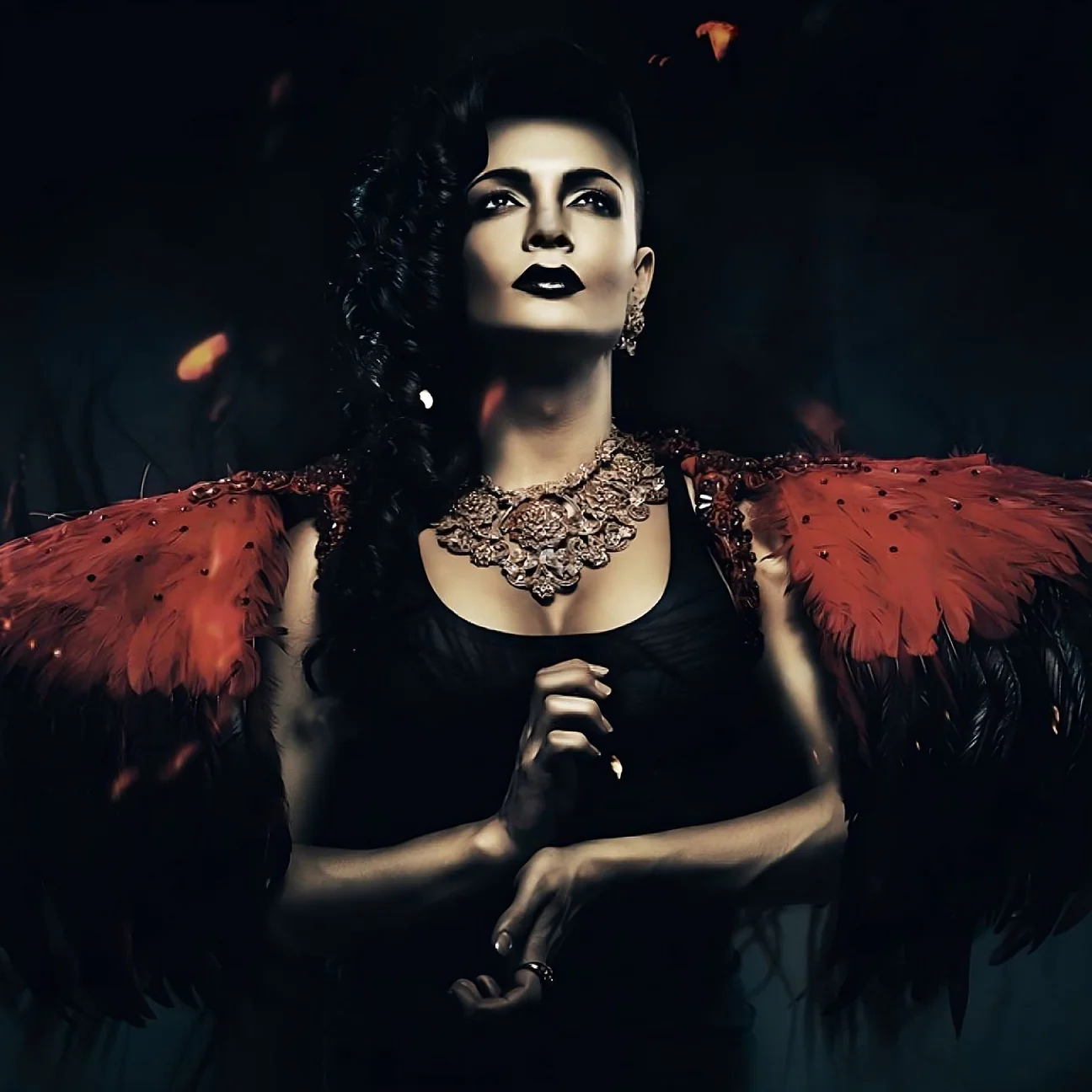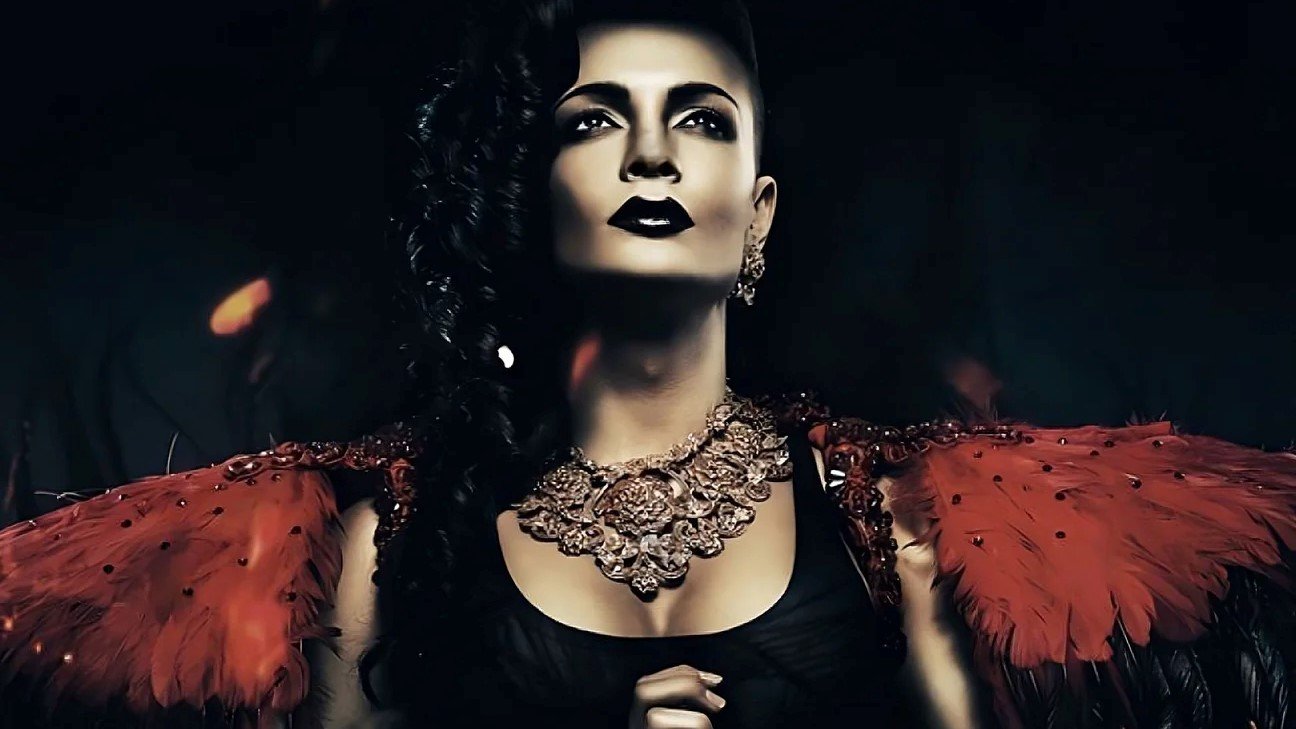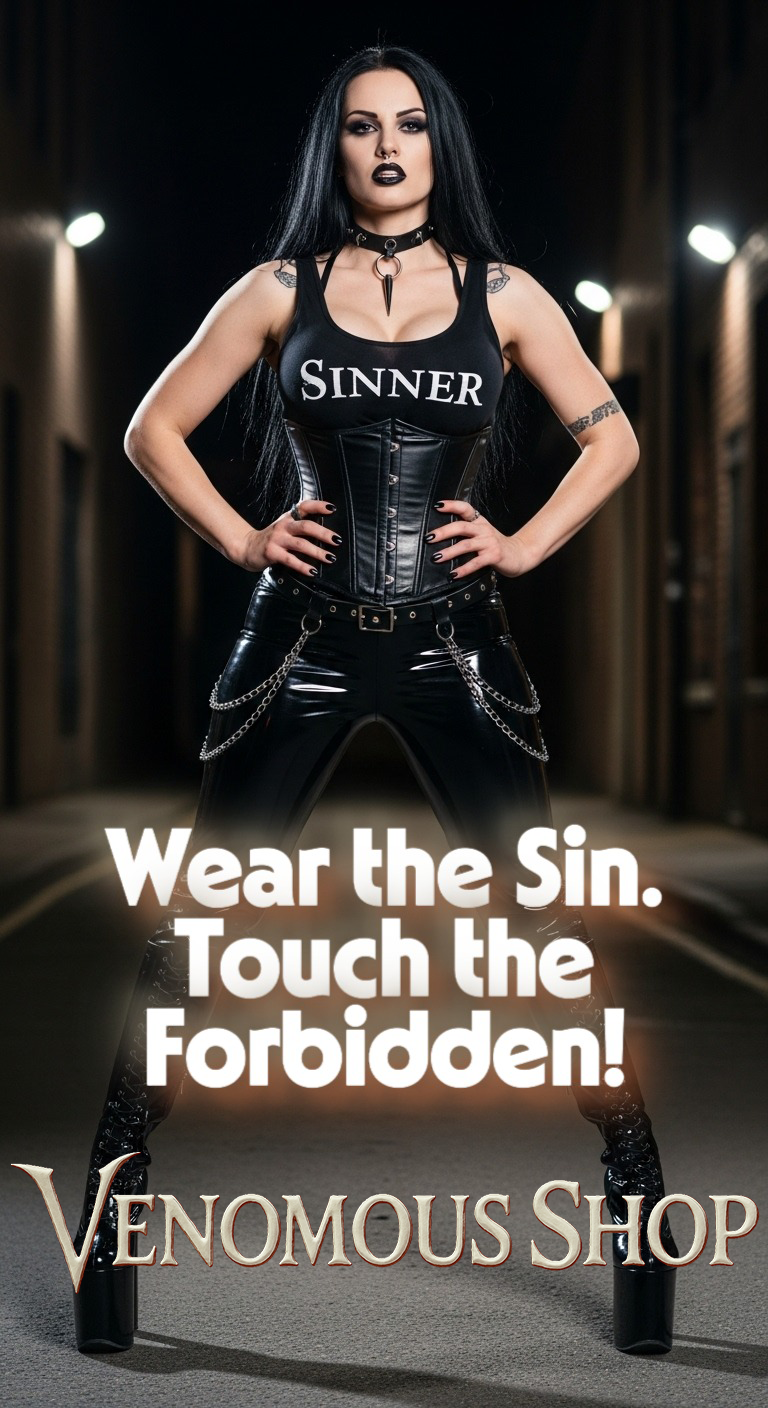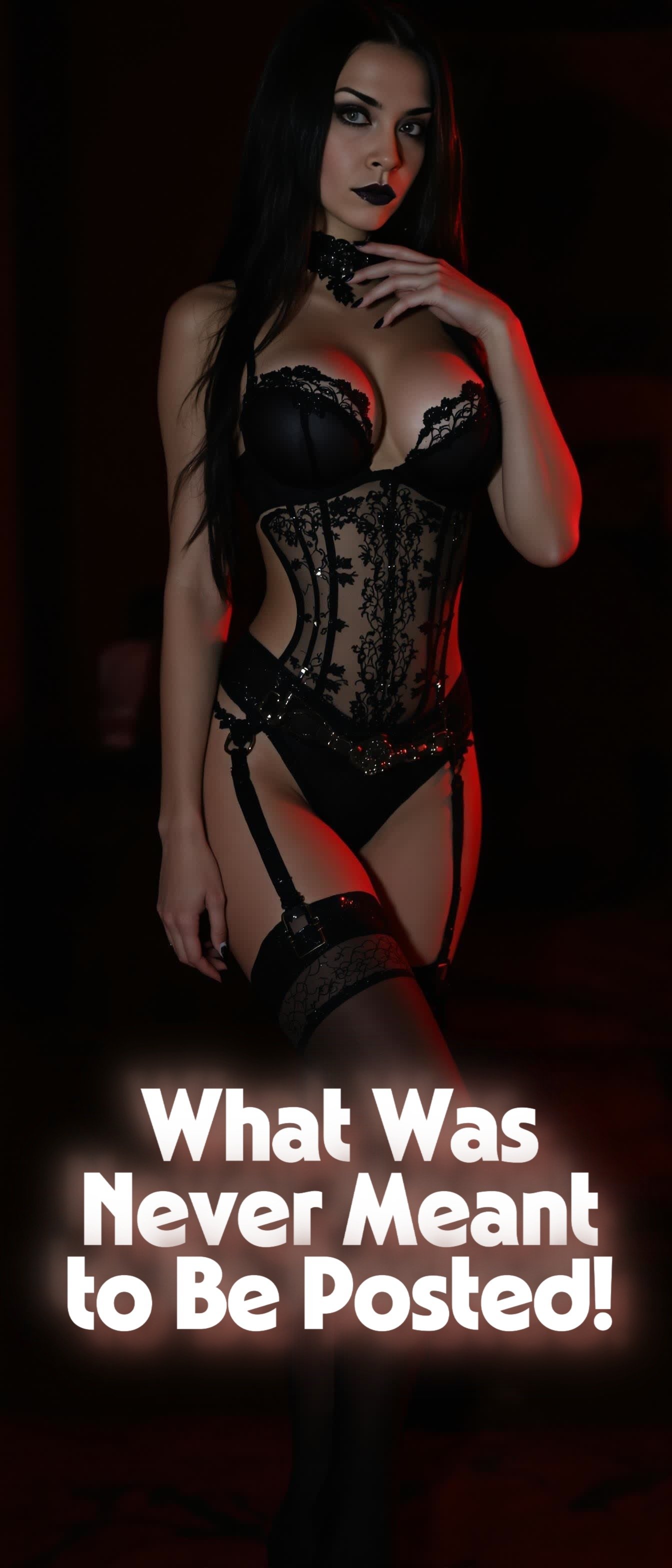Gothic fashion, with its ethereal beauty, dark allure, and rich history, has transcended time to become an enduring subculture that captivates individuals across the globe. Rooted in a fascination with the macabre and a rejection of mainstream norms, gothic fashion has evolved over the decades, morphing from its origins into a multi-faceted movement that embraces both tradition and innovation. In this exploration, we unravel the captivating journey of gothic fashion evolution, tracing its path from its inception to its present-day manifestations.

A Glimpse into the Past: The Origins of Gothic Fashion
The origins of gothic fashion can be traced back to the late 1970s and early 1980s, when it emerged as a counter-cultural response to the glitzy excesses of the era. Inspired by gothic literature, horror films, and the post-punk music scene, early gothic fashion was characterized by its somber color palette, flowing silhouettes, and a fascination with the Victorian and Edwardian eras. Women wore layers of lace, velvet, and dark fabrics, creating an ethereal and romantic aesthetic that contrasted with the prevailing trends of the time.
The 1980s: Pioneering the Subculture
During the 1980s, gothic fashion began to solidify its identity, drawing influences from New Wave and post-punk music. The iconic batcave look emerged, characterized by leather jackets, fishnet stockings, and dramatic makeup. Bands like Siouxsie and the Banshees and The Cure played a significant role in shaping the visual landscape of gothic fashion. The decade witnessed the rise of goth clubs and gatherings, which became fertile ground for experimenting with fashion and pushing boundaries.
The 1990s: A Diverse Expression
As the 1990s dawned, gothic fashion continued to evolve, reflecting the shifting cultural landscape. The decade saw the emergence of diverse gothic substyles, such as romantic goth, cybergoth, and Victorian goth. Each substyle brought a unique twist to the dark aesthetic, from elaborate corsets and lace to futuristic cyber-inspired elements. Gothic fashion was also influenced by the grunge movement, incorporating elements of distressed clothing and combat boots.
The 2000s: Embracing Modernity
The turn of the millennium marked a phase of modernization and cross-pollination for gothic fashion. With the advent of the internet, goths from around the world could connect and share their styles and influences more easily. This era witnessed a blend of traditional gothic elements with contemporary trends, resulting in outfits that combined Victorian elegance with edgy streetwear. Gothic Lolita, a substyle inspired by Victorian children’s clothing, gained popularity and emphasized delicate details and doll-like aesthetics.
Present Day: A Tapestry of Diversity
In the present day, gothic fashion stands as a vibrant tapestry of diverse influences, styles, and expressions. Traditional gothic elements remain, but they are blended with modern fabrics, technology, and cultural influences. Steampunk, pastel goth, health goth, and nu-goth are just a few examples of the myriad substyles that have emerged, each with its unique interpretation of gothic aesthetics. The influence of social media has further accelerated the evolution of gothic fashion, allowing individuals to share and discover new ideas from around the world.
The Evolution of Gothic Fashion: A Continuation of Expression
Gothic fashion’s journey from past to present is a testament to its resilience and enduring appeal. From its humble origins as a response to mainstream culture, gothic fashion has become a global phenomenon that continues to inspire and innovate. While it remains rooted in its dark, mysterious allure, the subculture has embraced change and transformation, adapting to the shifting cultural currents while retaining its core essence.
Today, gothic fashion is not confined to a single interpretation. It’s a celebration of individuality, a canvas for self-expression, and a nod to the past while embracing the future. As the subculture continues to evolve, one thing remains constant: gothic fashion’s ability to captivate hearts, challenge norms, and create a world where darkness is not just a color, but a state of mind. The journey of gothic fashion is a testament to the power of style to reflect the complexities of human emotion and the ever-changing landscapes of culture and society.
You may want to go back to the home page or go follow me on social media here.




